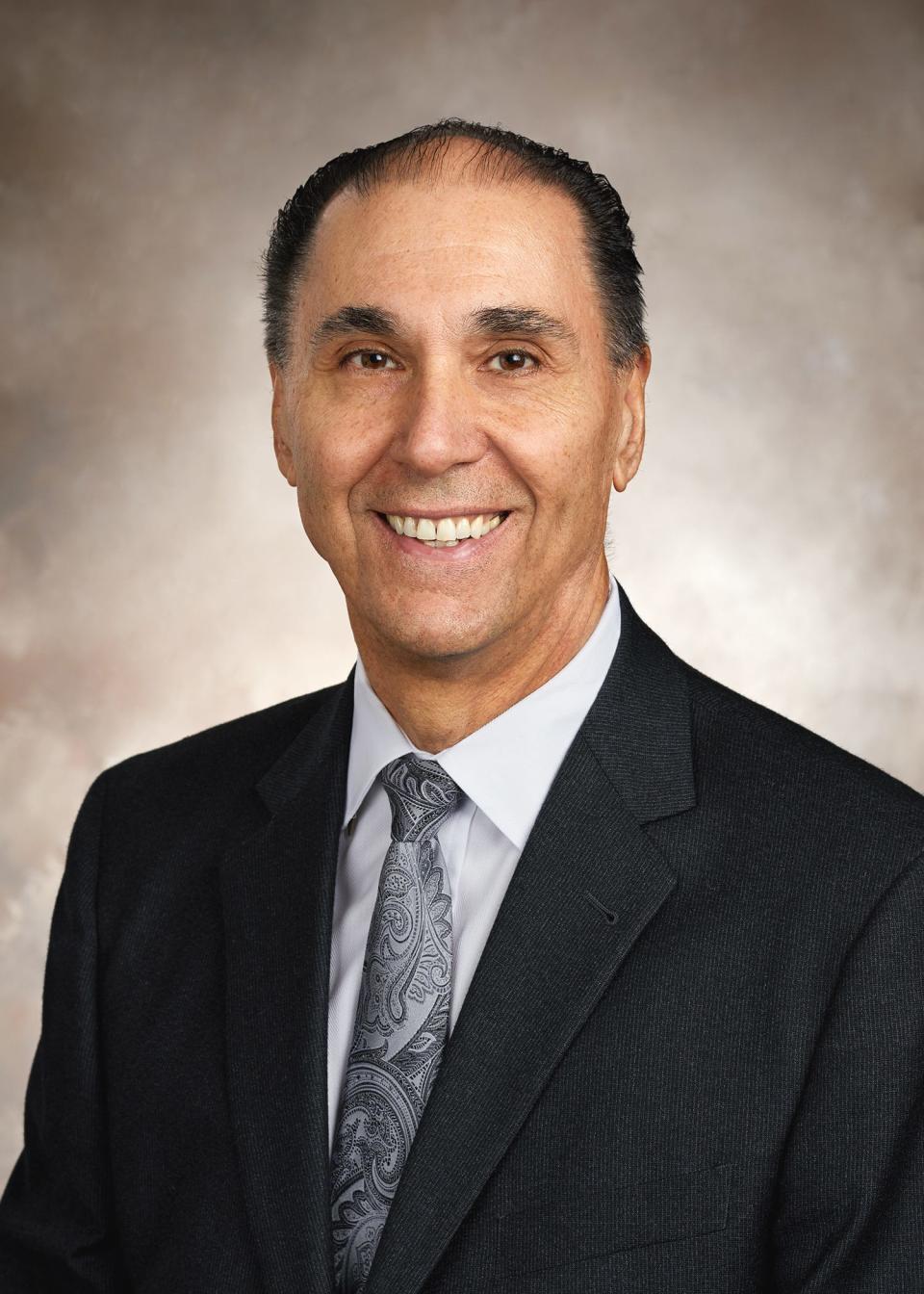Lee Health: New hope for pancreatic cancer patients
Many people do not equate pancreatic cancer with a lot of hope because this type of cancer is often detected late and spreads rapidly, which results in a poor prognosis. But, Mark Bloomston, M.D., FACS, surgical oncologist and medical director of the Florida Center for Pancreatic Diseases, says there is new hope for pancreatic cancer patients.
“There are cures for this type of cancer (pancreatic),” Dr. Bloomston says. “Cures happen, it’s a fact.”
This might be surprising news to you; a diagnosis of pancreatic cancer usually raises fears of suffering and impending death. But, Dr. Bloomston says “big advances” have been made in diagnosis and treatment in the last decade, and curing the disease is a reality for some. “The goal is to remove the tumor,” Dr. Bloomston explains.
A 100-plus-year-old surgery can remove the tumor
The “Whipple” procedure is employed to remove the right side of the pancreas (known as the head), part of the stomach, bile duct and intestine. “It’s arguably one of the most complicated surgeries in the abdomen,” Dr. Bloomston says. It’s not a new surgery, though—it has been around for about 100 years.

Due to the complexity of the procedure, it used to be that the older patients (over the age of 80) were not considered viable candidates. “Today, we encourage older people, who are otherwise healthy, to have the surgery,” Dr. Bloomston says. Unfortunately, most patients are diagnosed with pancreatic cancer in late stages when it has metastasized to other organs, and surgery is no longer an option.
Advancements in chemotherapy
“The biggest advancements recently have been made in chemotherapy treatment,” says Dr. Bloomston, “which now offer a longer and better quality of life. Oncologists have become much better at managing chemotherapy toxicity by better symptom control through eating/nutrition and pain management.” Even with a late-stage diagnosis, new chemotherapy practices are helping patients live up to a year, or even longer, with a better quality of life, although the median is still about six months.
Dr. Blooomston further explains that “the greatest advancements have been made by combining chemotherapy and surgery. Chemotherapy is often used first to eliminate any cancer outside of the pancreas, and then the tumor is surgically removed. With both treatments, we’re seeing survival rates like we’ve never seen before.”
Physicians are now ‘listening’ for ‘The Silent Disease’
Though not the most common form of cancer, pancreatic cancer is diagnosed in more than 50,000 people each year in the U.S. Unfortunately, because of late diagnosis, it is one of the biggest killers. Of course, early detection is the key to a cure or longer life.
Pancreatic cancer has been called the ‘silent disease’ for years because there are no discernable symptoms early on and no reliable test to diagnose the disease without symptoms. However, earlier diagnosis has increased due to patient awareness and more physicians “listening” for pancreatic cancer in recent years.
Dr. Bloomston says primary care physicians are now more proactive in early diagnosis. “More physicians are now watching for pancreatitis that occurs for no apparent reason, which can be an indicator for further testing. A sudden diagnosis of diabetes without reason (i.e., obesity or heredity) also might be screened for pancreatic cancer. Tumors in the pancreas can cause diabetes,” Dr. Bloomston explains, “if the tumor is removed, the diabetes often disappears, as well.”
Screening for pancreatic cancer is not yet as sophisticated as for other cancers, such as mammograms for breast cancer or PSA tests for prostate cancer. However, gene mutations or family history of pancreatic cancer and cysts in the pancreas are considered higher risk indicators. Cysts, which can develop into cancer, are sometimes found in the pancreas when CAT or MRI scans are performed for other reasons. Dr. Bloomston’s practice, South Florida Surgical Oncology in Ft. Myers, currently includes screening clinics twice a month for high-risk patients.
“We are making great strides,” Dr. Bloomston says, adding that he is confident advances in diagnosis and treatment will continue. “The real measure of success is patients living a longer, quality life.”
The Florida Center for Pancreatic Diseases is a collaboration between GenesisCare, Lee Health and Florida Cancer Specialists and has been designated as a pancreatic center of excellence by the National Pancreas Foundation.
More Lee Health: National Healthcare Decisions Day is April 16
And Lee Health: Recognizing, celebrating our doctors
Also Lee Health: Making an impact – Community benefit report showcases our efforts, commitment
Larry Antonucci, M.D., MBA is the president & CEO of Lee Health, Southwest Florida’s major destination for health care offering acute care, emergency care, rehabilitation and diagnostic services, health and wellness education, and community outreach and advocacy programs. Visit LeeHealth.org to learn more.
This article originally appeared on Naples Daily News: Lee Health: New hope for pancreatic cancer patients

